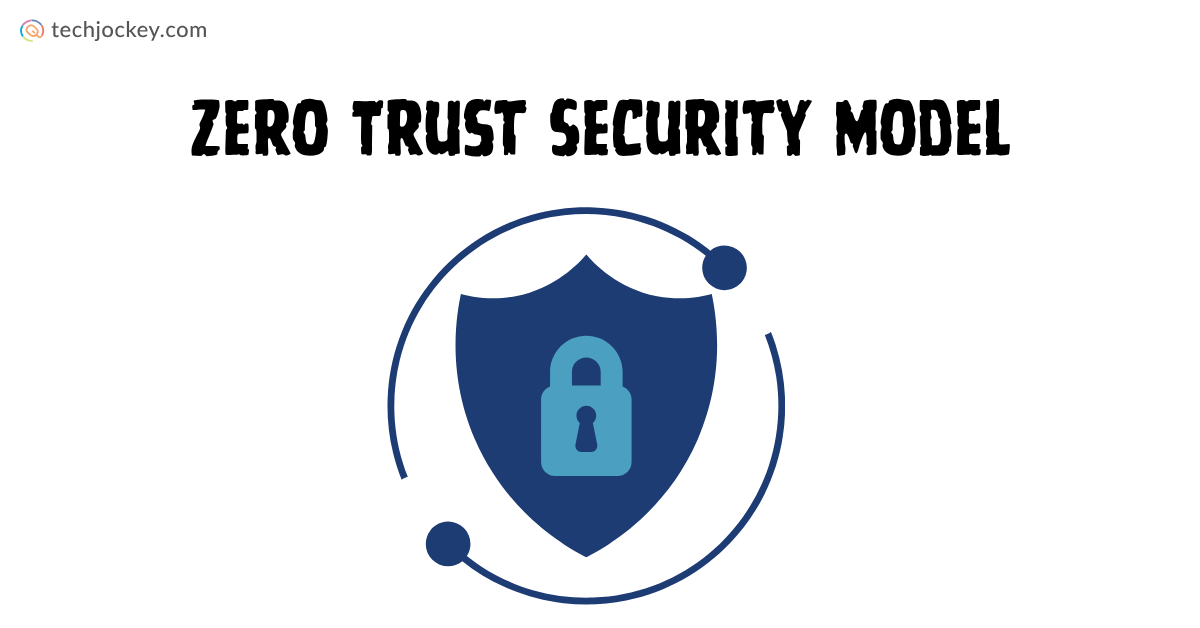
Summary: Let’s understand the purpose of implementing the Zero Trust Security Model in an organization and learn about some of the popular adoption strategies that successful organizations adhere to. These help you map out an implementation strategy for your organization and build confidence across your organization before rolling out the new security model.
Adopting and implementing the advanced Zero Trust Security Model is not a one-time thing for any enterprise. It requires organizations to implement technologies and controls across all the elements including devices, identities, applications, network, infrastructure, data, and more.
Let’s understand what are the popular Zero Trust adaptation strategies that successful enterprises follow to ensure network and data security.
When you start thinking about implementing the Zero Trust Security Model, we recommend you start small and in phases. This will help you trust the model and see how it works for your end users and network.
Let’s discuss in detail what are the other strategies that you must consider while adapting to Zero Trust.
Identities in the Zero Trust Security Model represent users, IoT devices, and services which are common among applications, networks, and endpoints. These identities operate under a granular policy which provides them access to the system and data.
In fact, these identities are validated and authenticated continuously by security controls. These security controls confirm that the identities comply with the least privilege access principle.
Organizations can improve their information security posture by incorporating continuous and multifactor authentication into their identity management strategy. This addition can further enable enterprises to identify and authenticate identities whenever there is a change in the user’s IP address or behavior pattern.
However, enterprises need to ensure that continuous authentication does not negatively impact the end-user experience, but at the same time be transparent. So, if you want to verify your user, you can, if the user doesn’t have to do anything manually. For instance, authenticating the users through a factor like endpoint can be one of the options for facilitating multifactor, continuous authentication.
Passwords are more likely to get compromised by the users, however it can happen intentionally and unintentionally. To prevent the same, the Zero Trust Security Model replaces the passwords that were used traditionally using two or more verification factors. Now, when a user registers for verification factors, it gets a pair of cryptographic keys.
So, when a user registers, the device generates a private and a public key. To unlock the private key, users can use a local gesture like biometric authentication or a PIN. In fact, biometric authentication can also be done through different ways like iris recognition, fingerprint scan, or even facial recognition.
Often, enterprises rely on security teams for matters that involve access and network connectivity issues. This happens because network segmentation is still a major pain point for IT teams as firewalls only represent early segmentation, resulting in complicated testing and development.
However, when it comes to the Zero Trust Security Model, micro segmentation of the network is unavoidable. This is because of the mobile-first and cloud-first world, where the critical business data is majorly accessed over the network infrastructure.
Additionally, networking controls help enterprises achieve in-depth visibility into the network and prevent an attacker’s lateral movement across the business network.
The policies of the Zero Trust Security Model apply to all devices, irrespective of what the device is, and who owns it. These include corporate devices or personally owned devices like phones, tablets, or laptops under the BYOD, Bring Your Own Device policy.
The partner, guest, or contractor-owned devices are also treated in the same way. No matter if they are completely managed by your IT team or if only the data and apps are secured for authorized access. Also, it does not matter if these endpoints are connected through home broadband, corporate network or public internet.
To fully benefit from cloud apps and services, businesses need to find the appropriate balance between maintaining control and allowing access. This will ensure that their data as well as the apps are secured.
To facilitate the same, enterprises must implement advanced security technologies and controls to discover and identify shadow IT. Additionally, organizations should also ensure the right gate access and in-app permissions based on real-time analytics.
Along with this, you also need to monitor user activity and identify abnormal behavior, validate the secure configuration options, and even restrict suspicious user actions.
With changing working models like hybrid and remote, businesses need to consider different ways of implementing and achieving modern security controls such as Zero Trust. These are useful to operationalize roles and adhere to security policies like single sign- on, authorization, segmentation, and password less access.
Moreover, defined roles will help organizations prevent management-related problems that may arise because of creating thousands of roles. Moreover, you will also not be able to update these accounts, and as a result of which your network will become more prone to data breaches.
Conclusion
Every organization’s needs and expectations while implementing the Zero Trust Security Model are entirely different. Some may start with managing user identity and access, on the other hand, some may start with micro and macro segmentation.
Agentic AI refers to artificial intelligence systems that make decisions and chase goals on their…
HR recruiting software, often called Applicant Tracking Systems (ATS) or Recruitment Management software, helps companies…
Today, generative AI is quietly powering our emails, analyzing our data, and even creating content.…
An AI governance tool is a software solution, platform, or framework designed to help organizations…
Projection mapping has evolved from a niche experimental art form into a standard requirement for…
AI has been on a rapid upward curve in recent years! But even the most…